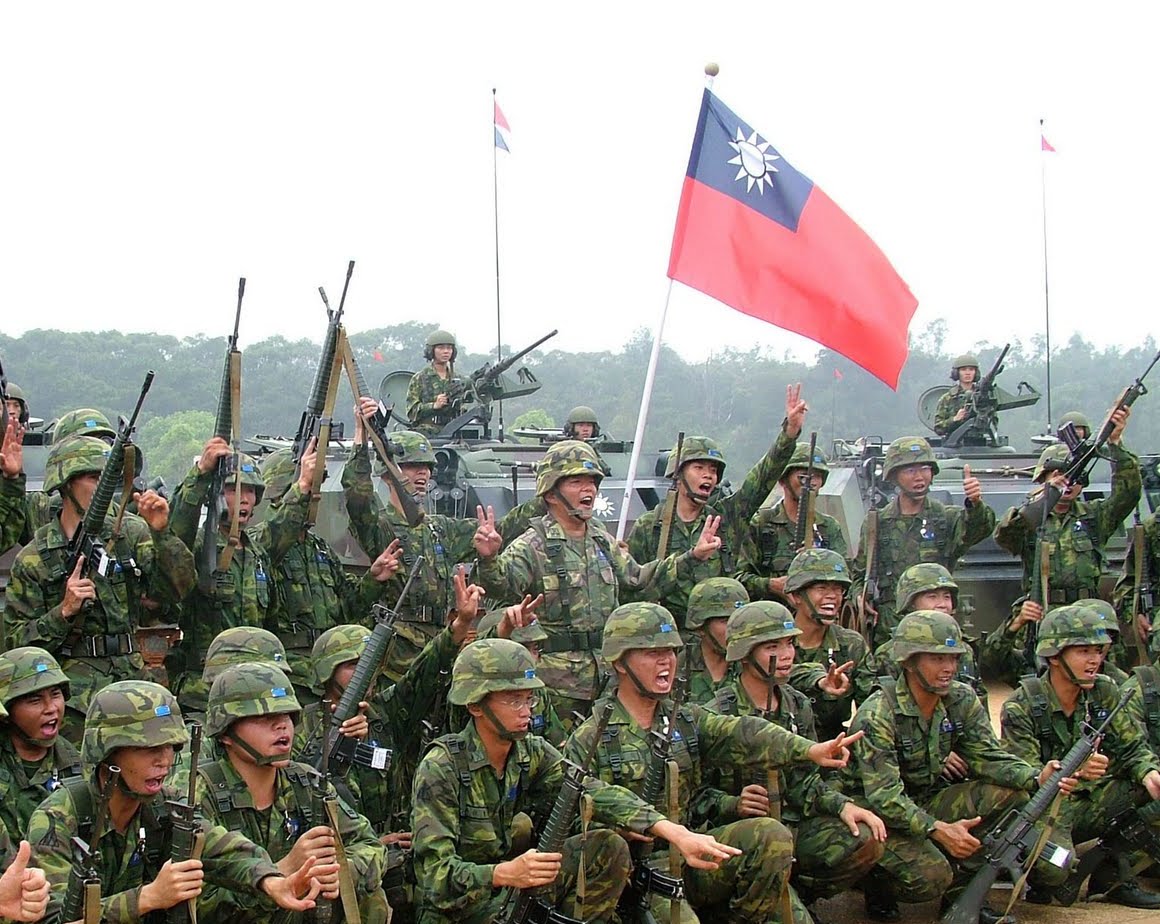
On March 6, Taiwan’s Minister of National Defense Yen Ming told the national legislature’s Foreign Affairs and National Defense Committee the country’s military could hold out “at least one month” alone against a Chinese invasion.
The estimate was a sharp reminder of how much the strategic equation has turned against Taiwan.
The days of Taiwan being an impregnable fortress appear to be over. China’s growing military, coupled with declining defense budgets in Taiwan, have shifted the balance of power to the point where defeat in an invasion scenario — barring foreign intervention — is now inevitable.
Despite daunting odds — Taiwan continues to build a military uniquely prepared for an asymmetric war with China.
65 Year Old Standoff
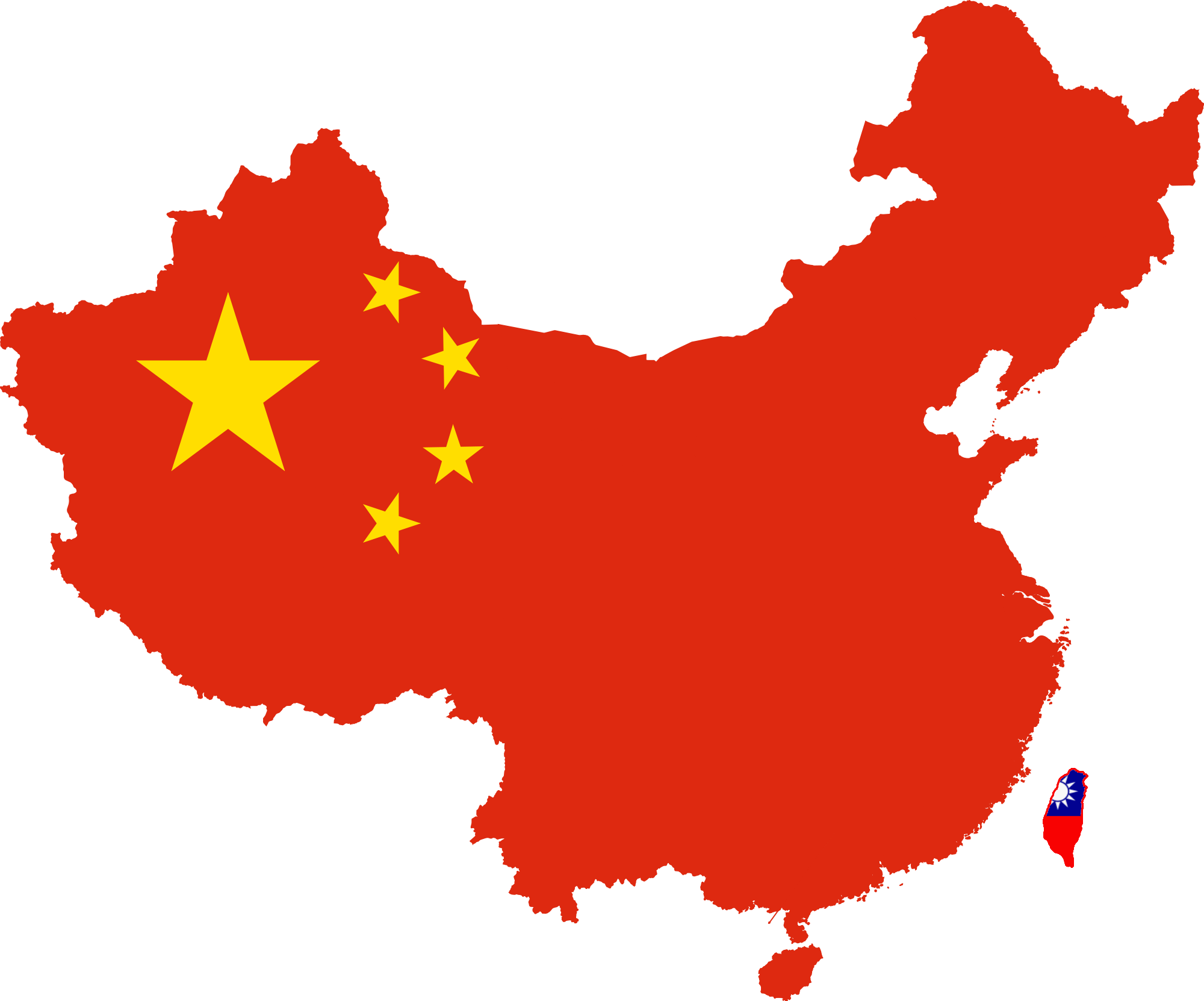 Taiwan’s defenses are different from most countries because of the nature of its strategic position. Few countries see the need for surface-to-air missiles in land-based silos, nearly four-dozen fast missile boats, and a mountain hollowed out to shelter fighter aircraft.
Taiwan’s defenses are different from most countries because of the nature of its strategic position. Few countries see the need for surface-to-air missiles in land-based silos, nearly four-dozen fast missile boats, and a mountain hollowed out to shelter fighter aircraft.
Mainland China sees the island 110 miles away as a rogue province — one that is only separated temporarily. China has not only oriented a considerable amount of military force against Taiwan but also politically isolated the island around the world.
Taiwan figures in China’s long-term strategic planning. It is part of China’s so-called First Island Chain, the innermost defensive ring of islands that China considers essential for national defense. In the long term, controlling the island is in China’s interests both to shield the mainland and as a springboard to operate into the Second Island Chain.
China does not actively seek to invade Taiwan, but its military buildup is useful in intimidating Taiwan and would be necessary if a decision was made to invade. Military power could also be used in situations short of all-out war, such as a blockade or some other demonstration of strength.
The Republic of China’s armed forces number approximately 290,000, with 130,000 in the army, 45,000 in the navy and marine corps, and approximately 80,000 in the air force. Traditionally the army has been the dominant service, but that has shifted over the years. Taiwan’s military doctrine states that as much of any fighting that occurs should take place as far from population centers as possible. The army is only relevant once the enemy lands on the island, while the navy and air force can range over the strait.
Defense spending is 15.7 percent of the national budget. At roughly $10.5 billion, Taiwan’s 2014 defense budget represents 2.54 percent of GDP, down from 2.7 percent in 2013.
President Ma Ying-jeou has repeatedly promised to spend three percent of GDP on defense, but the global economic crisis of 2007-8 damaged Taiwan’s economy and like many the nation is still recovering.
Naval Power: Small Ships for Big Targets
The Republic of China Navy (RoCN) has transitioned from the most neglected arm of the Taiwanese military to the most important. The RoCN alone can defeat an invasion fleet at sea. Sinking amphibious transports not only takes a large ground force out of action, but also permanently degrades the enemy’s amphibious capability.
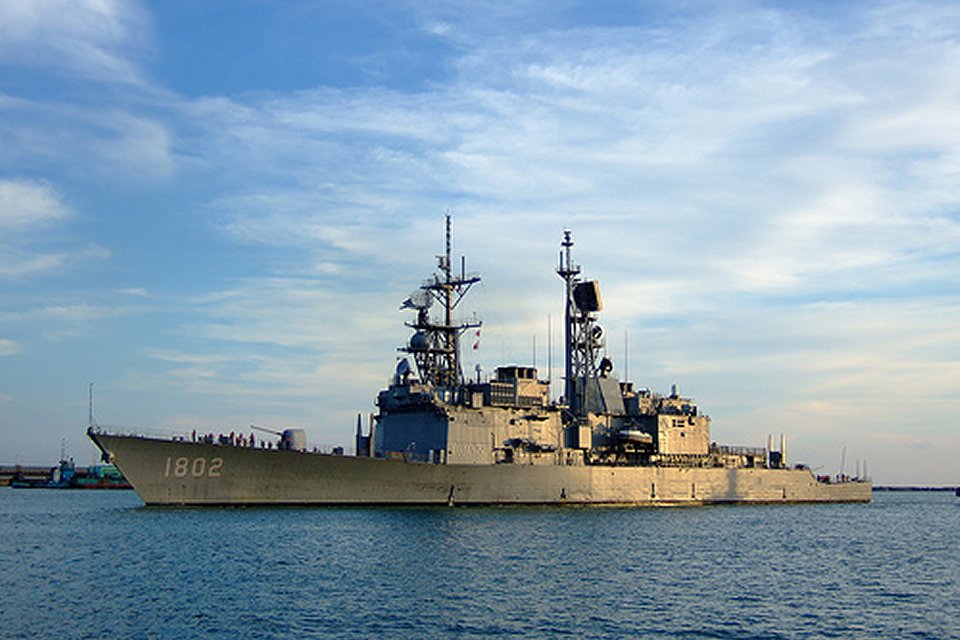
The RoCN has 26 large surface combatants, all of which have a potent anti-ship capability. The largest ships in the fleet are the four Kee Lung-class guided-missile destroyers, formerly the U.S. Kidd class destoyers.
At about 10,000 tons, each destroyer sports two Mk.26 twin surface to air missile (SAM) launch systems armed with Standard SM-2 Block IIIA surface-to-air missiles, two Mk. 45 127mm guns, four Harpoon Block II anti-ship missiles and has a helicopter flight deck and hangar.
The remaining large surface vessels are a mixture of American and French designs.
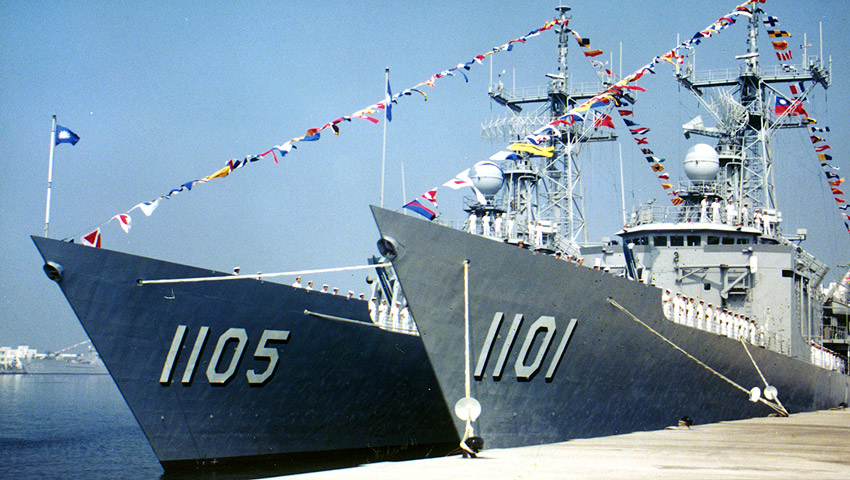
The eight Cheung Kung class of guided missile frigates are a modified version of the long-hull Oliver Hazard Perry class. The class is armed with a Mk.13 missile launcher forward, capable of firing SM-1MR surface-to-air and Harpoon anti-ship missiles, and a 76mm Oto Melara gun amidships.
The frigates also carry 8 Hsiung Feng II anti-ship missiles, giving the small ships a powerful anti-ship capability. Each carries an S-70 Thunderhawk helicopter, an export variant of the SH-60B Seahawk.
Taiwan has eight frigates of the former U.S. Knox class destroyers, now the Chi Yang class. The ships mount the original armament of one Mk. 45 127mm gun and one ASROC launcher. The Chi Yang class has also been retrofitted with ten SM-1MR surface-to-air missiles in external canister launchers. The ships each carry one MD-500 ASW helicopter.
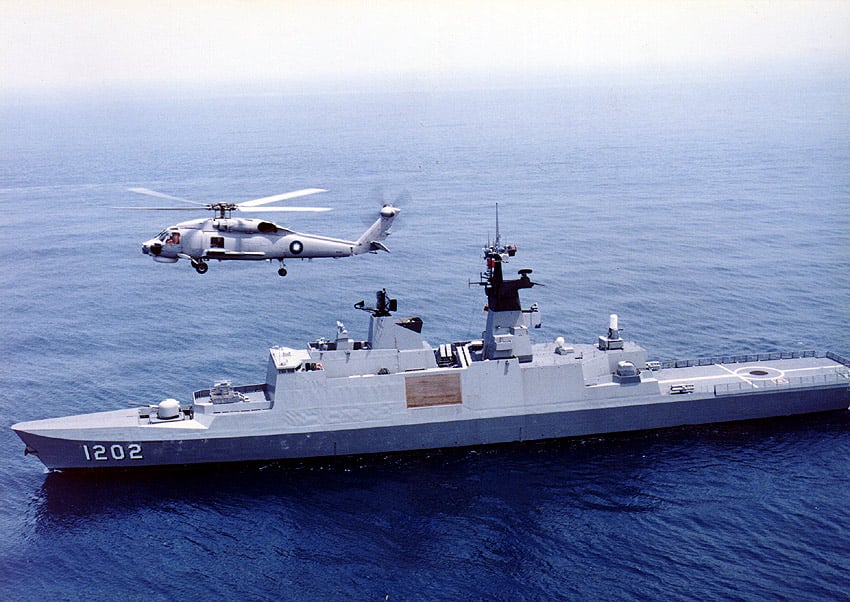 Rounding out large surface combatants are the Kang Ting-class frigates. A modification of the La Fayette design, the Kang Ting frigates mount one 76mm gun and a navalized Chaparral missile launcher for air defense. 8 Hsiung Feng anti-ship missiles are carried, and typically one S-70 Thunderhawk helicopter.
Rounding out large surface combatants are the Kang Ting-class frigates. A modification of the La Fayette design, the Kang Ting frigates mount one 76mm gun and a navalized Chaparral missile launcher for air defense. 8 Hsiung Feng anti-ship missiles are carried, and typically one S-70 Thunderhawk helicopter.
Taiwan has made a significant investment in small, fast missile patrol craft designed to take on much larger Chinese surface and amphibious ships. Twelve missile patrol combatants of the Jing Chiang class were built — each 680 tons fully loaded — with a 76mm gun and mine-laying racks.
There are also 34 smaller ships of the 150 ton Kung Hua VI project. Ships of both classes are each equipped with 4 Hsiung Feng anti-ship missiles. This diminutive fleet collectively weighs just over 13,000 tons but altogether packs a total of 184 anti-ship missiles.
The RoCN’s submarine fleet consists of just four aging submarines. Two are of the U.S. Navy Tench class, Hai Shih and Hai Pao. Both were launched toward the end of the World War II and are used as training vessels. The other two submarines, Hai Hung and Hai Hu, are a Dutch design of mid-1980s vintage. Displacing 2,600 tons submerged, they were upgraded in 2013 with Harpoon II anti-ship missiles.
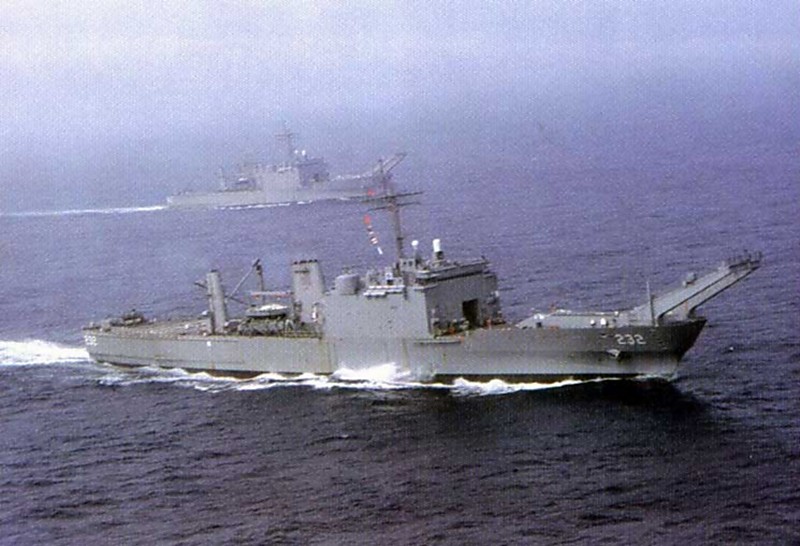 Taiwan has a modest-sized amphibious force, designed to move army and marine units by sea during wartime. The force is built around one dock landing ship formerly of the Anchorage class, Shui Hai, and two tank landing ships formerly of the Newport News class, Chung Ho and Chung Ping. The force can land up to four companies of AAV-7A1 amphibious assault vehicles or main battle tanks, and two companies of infantry.
Taiwan has a modest-sized amphibious force, designed to move army and marine units by sea during wartime. The force is built around one dock landing ship formerly of the Anchorage class, Shui Hai, and two tank landing ships formerly of the Newport News class, Chung Ho and Chung Ping. The force can land up to four companies of AAV-7A1 amphibious assault vehicles or main battle tanks, and two companies of infantry.
Air Power Designed to Withstand a Siege
The Republic of China Air Force (RoCAF) is optimized for air superiority. China could not successfully invade without seizing air superiority, and as a result Taiwan’s air force is seen as one of the primary deterrents to Chinese military action.
Taiwan’s fighters were state of the art in the 1990s, when most of the aircraft were purchased. Time and China’s air power buildup have eroded their technological edge — opening up the possibility that China could successfully contest air superiority over the island.
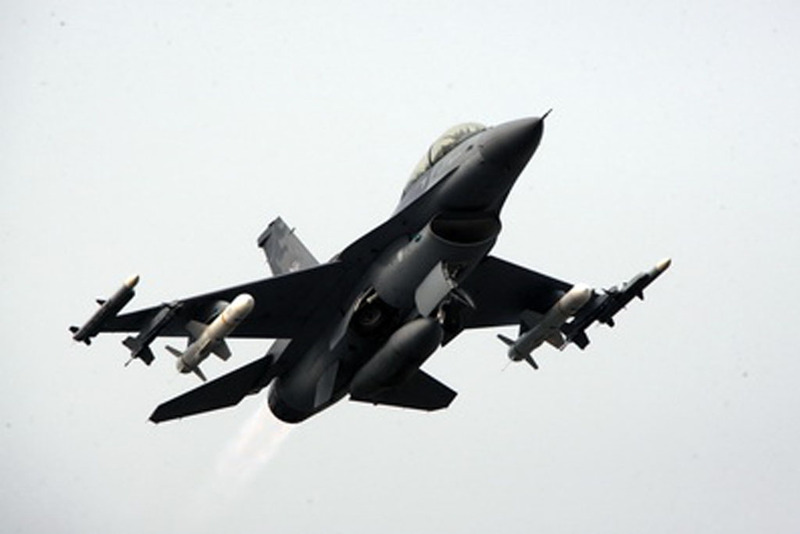 The RoCAF currently has 146 F-16 A/B Block 20 multirole fighters, armed with AIM-120 AMRAAM air-to-air missiles. It also operates 55 Mirage 2000 multirole fighters, armed with Magic air-to-air missiles. Rounding out Taiwan’s main fighter inventory are 126 Ching-kuo Indigenous Fighters, armed with locally developed Sky Sword II air-to-air missiles.
The RoCAF currently has 146 F-16 A/B Block 20 multirole fighters, armed with AIM-120 AMRAAM air-to-air missiles. It also operates 55 Mirage 2000 multirole fighters, armed with Magic air-to-air missiles. Rounding out Taiwan’s main fighter inventory are 126 Ching-kuo Indigenous Fighters, armed with locally developed Sky Sword II air-to-air missiles.
The Combat Avionics Programmed Extension Suite program, meant to upgrade both U.S. and Taiwanese F-16s with advanced AESA radar systems, is going forward without U.S. Air Force participation, which was pulled this month at the last minute. Washington has reassured Taiwan that the cost differential will be minimal and the upgrade program can proceed.
Taiwan’s fleet of support aircraft includes six E-2 Hawkeye airborne early-warning and air-control aircraft upgraded with APS-145 radars. One C-130 Hercules transport was converted into to an electronic warfare platform, while two RoCN S-70 Thunderhawks have been configured as signals intelligence collection aircraft.
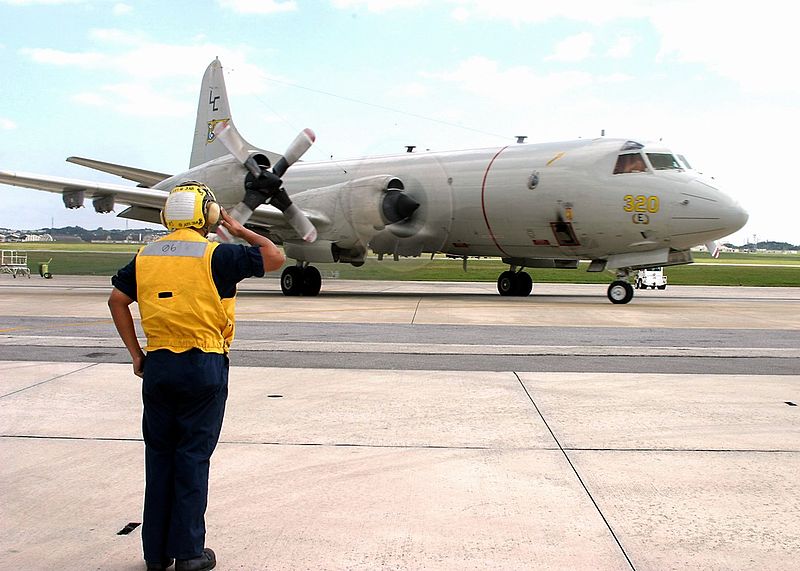
Taiwan has for a long time lacked a strong maritime patrol aircraft force. Under the navy, a modest force of 20 S-2 Trackers in the 1990s is being replaced by a dozen P-3C Orions. The first Orion arrived in November 2013 and the last is scheduled to arrive in 2015.
In the event of war, the RoCAF’s air bases will come under heavy air attack, both by aircraft and missiles. China’s Second Artillery Corps has an estimated 1,500 conventionally armed short range ballistic missiles, many of which will likely be used in the counter-air role. Estimates are that it would take 50 direct hits to close a RoCAF air base to air operations.
The RoCAF is prepared to keep air bases open while under attack. Taiwan has the Rapid Runway Repair System, used by the U.S. Air Force, to repair runways damaged by enemy attack. The RoCAF also has the Portarrest P-IV mobile aircraft arresting system for landing aircraft on damaged runways.
The RoCAF has invested considerable resources in hardening base facilities. Chiashan Air Base, on the island’s eastern coast, includes a hollowed-out mountain that serves as a refuge for up to 100 Mirage 2000-5 and F-16 fighters. Two airfields serving the base are both at least 7,500 feet long. Chiashan is also a designated command post for counterattacks mounted by Taiwan against invading forces.
A second facility buried inside a mountain is Hengshan Command Center. Located on the outskirts of Taipei, Hengshan was completed in 1982 and serves as the national military command center in both peace and war. In wartime, it serves as the seat of Taiwan’s civilian government.
The air force also operates the nationwide air defense network, with 11 early warning sites overall. Main air defense is provided by Taiwan’s indigenously produced Tien Kung II surface-to-air missiles. Radar guided, Tien Kung II has a range of 125 miles and is deployed at six bases, four on Taiwan and two on nearby island groups.
Each base includes 80 missiles in underground silos and two target illumination radars. A range of 125 miles means Tien Kung missiles could theoretically engage targets over the mainland.
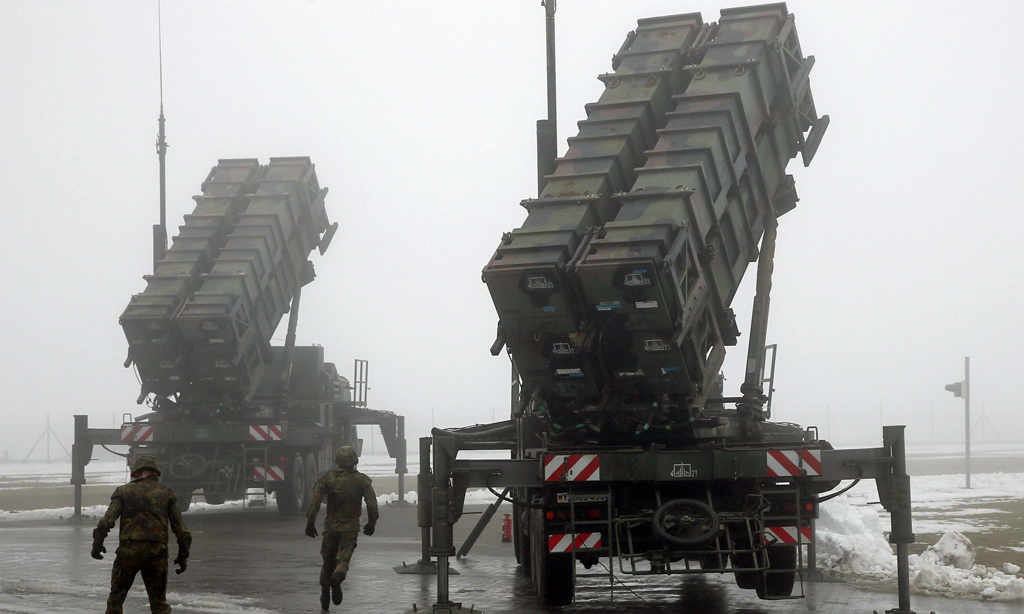
Taiwan also has seven Patriot missile batteries, which are converting from PAC-2 to PAC-3 status. Patriot missiles are concentrated around the cities of Taipei, Greater Taichung and Greater Kaohsiung.
Future Trends: Missiles, Submarines And Volunteers
Smaller defense budgets and an overwhelming Chinese conventional force have moved Taiwan toward asymmetrical systems and an anti-access, area denial capability all its own. Rather than matching China ship for ship and plane for plane, Taiwan is fielding systems that imperil China’s ability to operate in the Taiwan Strait.
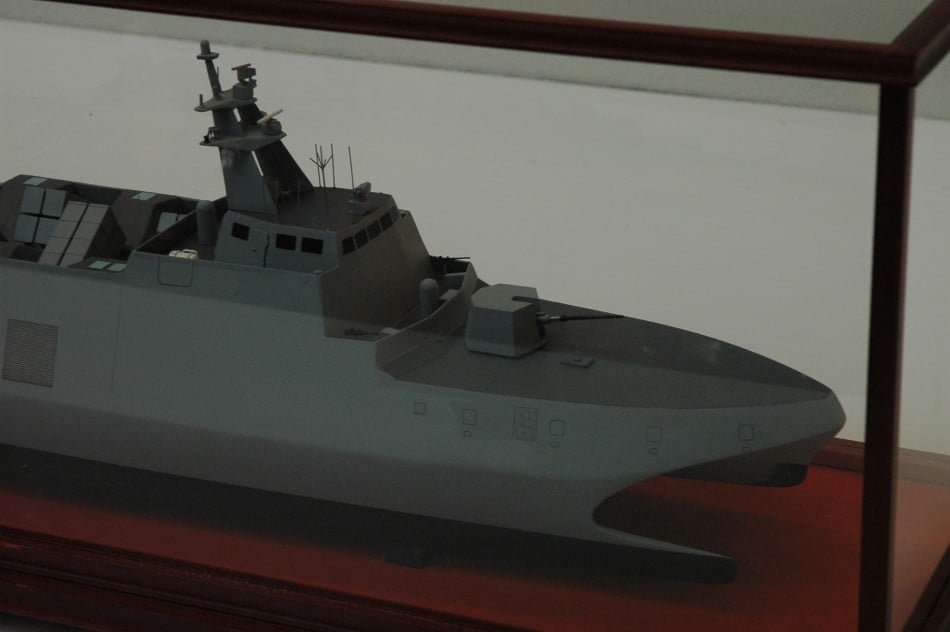
One such example is the Hsun Hai, or “Swift Sea” program of small missile corvettes. The catamarans are capable of 38 knots and designed to have a minimal radar signature.
Armed with eight Hsiung Feng II and Hsuing Feng III anti-ship missiles, the corvettes have been dubbed “carrier killers” by the Taiwanese media. The first, Tuo River, was commissioned on March 14 and expected to be operational by mid-2015. Twelve ships are planned.
Submarines stand to be a key pillar of Taiwan’s asymmetrical approach. “After Taiwan has lost air and sea control, it’s the subs that will still be able to attack groups of amphibious landing aircraft,” Wang Jyh-perng, RoCN reserve captain told the Asia Times in 2011. However, no diesel-electric submarine builder — facing pressure from China — will sell Taiwan new submarines.
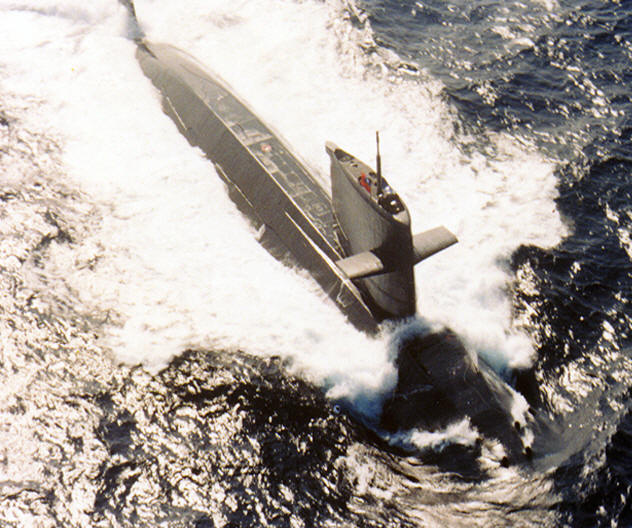
In January, Taiwan’s navy headquarters announced a 15-year upgrade plan for naval forces. Under the plan, a local shipbuilder has been directed to determine the feasibility of locally built submarines by June of this year. The project will not likely to succeed without outside help.
Another trend is the planned transition from a conscript military to an all-volunteer military. Social trends are undermining the existing draft system, as the system is growing unpopular and demographics are lowering the pool of potential manpower. Yet all-volunteer forces have dramatically higher personnel costs, and Taiwan’s defense budget has remained low. If Taiwan cannot offset these costs with additional defense spending, it seems inevitable the military will face a new round of reductions.
The Way Forward
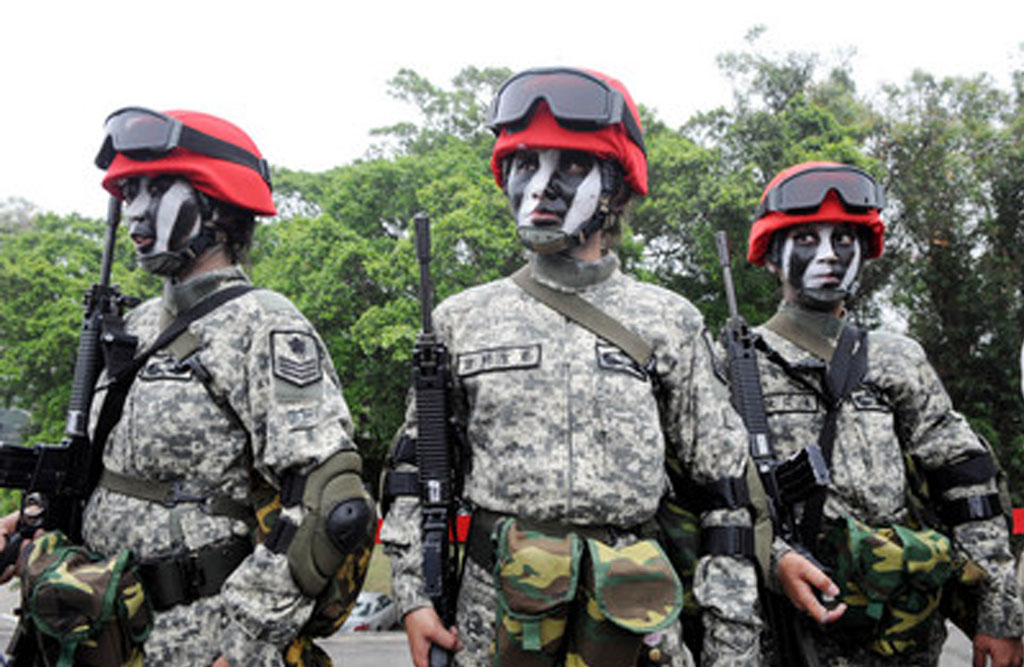 Taiwan is playing a difficult hand. Seceding from the mainland outright would likely invoke a military response and anger its only ally, the United States. Matching China militarily is no longer possible, as China outspends Taiwan in defense 13 to 1. A hardline stance is increasingly unviable.
Taiwan is playing a difficult hand. Seceding from the mainland outright would likely invoke a military response and anger its only ally, the United States. Matching China militarily is no longer possible, as China outspends Taiwan in defense 13 to 1. A hardline stance is increasingly unviable.
On the other hand, strong ideological differences still make reunification unpalatable to many Taiwanese. Taiwan is taking the middle ground of trying to maintain its economic position and higher standard of living relative to China, while deterring invasion by tailoring its military to specific threats. Taiwan may not be spending as much on defense as it should, but it has accepted the strategic realities, and that may well be the more difficult of the two.





